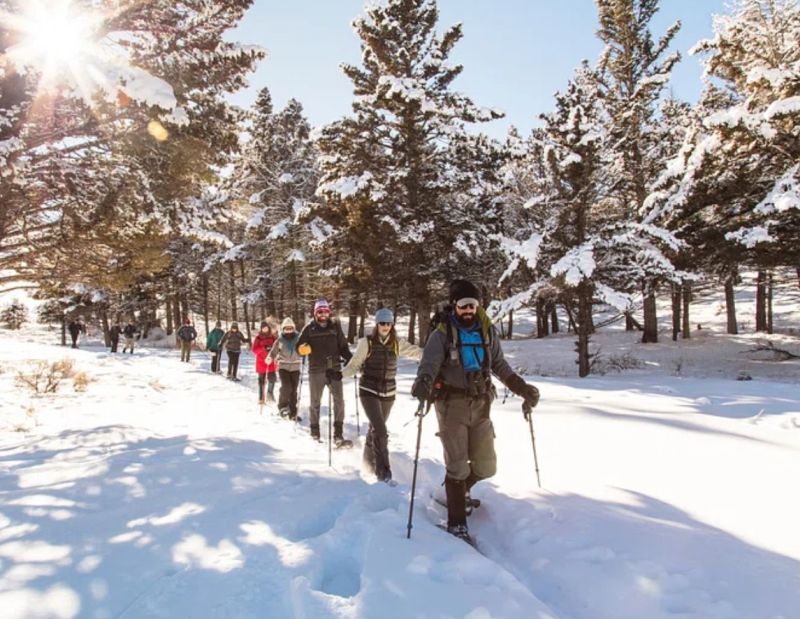The Standing Stones of Stenness is a Neolithic monument 5 miles northeast of Stromness on the mainland of Orkney, Scotland. The Standing Stones of Stenness are actually a circle of 12 stones with a diameter of 30m and comprising 4 uprights.
The circle is surrounded by a rock-cut ditch approximately 2m deep, 7m wide, and 44m in diameter. The excavation has exposed a square setting of stones and bedding holes for further uprights, either stone or wooden. The circle was constructed somewhere in 3000 BC, older than several Henge monuments in the British Isles.
An 18th-century antiquary, Dr. Robert Henry, describes the site as used once for the Temple of the Moon and the Ring of Brodgar as the Temple of the Sun. The Neolithic quarried thousands of tons of fine-grained sandstone, trimmed it, properly shaped it, and then transported it quite a few miles to a grassy promontory with commanding views of the nearby countryside. Their workmanship was extremely immaculate.
The stones themselves are very impressive, but why the Standing Stones of Stenness were erected is still a mystery. The possible judgment is that they were doing numerous activities and ceremonies and celebrating life with relationships between the living and past communities. The remnants of domestic animals, such as sheep, cattle, and dog bones, were found in the ditch.
The Standing Stones of Stenness formed part of the Heart of Neolithic Orkney World Heritage Site in December 1999. The name comes from Old Norse, meaning stone headland, suggesting that this area had particular importance. The Standing Stones lack encircling ditches and banks these days, but excavation has shown that this used to be a Henge monument. There are many stones still standing in the area, originally associated with the Stennes Stones.
However, one famous stone, Odin, was destroyed in 1814, while the other stone that was part of the ring collapsed. The Stone of Odin was a sad loss because it had a circular hole, through which local lovers plighted their troth by holding hands. The stone that had toppled was re-erected and discovered lying under the turf. This rather small and misshapen stone has been the subject of controversy ever since, but it remains standing today.
Moreover, history showed that men, women, children, and families approached Stenness at a certain time of year, carrying bales of bones, skeletons of corpses, skulls, mandibles, long bones, skulls of totem animals, and herding a beast to be slaughtered for the feasting that would accompany the ceremonies.
The stones are thin slabs, approximately 12 inches thick, with sharply angled tops. However, 4 to 16 feet high were initially elements of a stone circle of up to 12 stones, laid out in an ellipse about 105 feet in diameter on a leveled platform of 144 feet in diameter surrounded by a ditch. The ditch is cut into the rock by 6.6 feet and is 23 feet wide, surrounded by an earth bank, with a single entrance causeway on the north side.
The Stones of Stenness are terrifically located, with brilliant views over the surrounding countryside extending to the hills of Hoy. Therefore, the perfect time to pay the visit is in the summer, and try to arrive very early in the morning or late in the day to observe the majestic view of stones against the sunrise or sunset, and maybe even have them to yourself.
The Stones of Stenness can be seen right of the roadside, among popular stopping spots for visitors. Hence, there are no restrictions; you can go right up to them, touch them, and see the ruins of some other Neolithic houses and the central house. These are not as well advertised as those at Skara Brae, but they are still captivating if you like to muse on their history. Source: Wikipedia
















